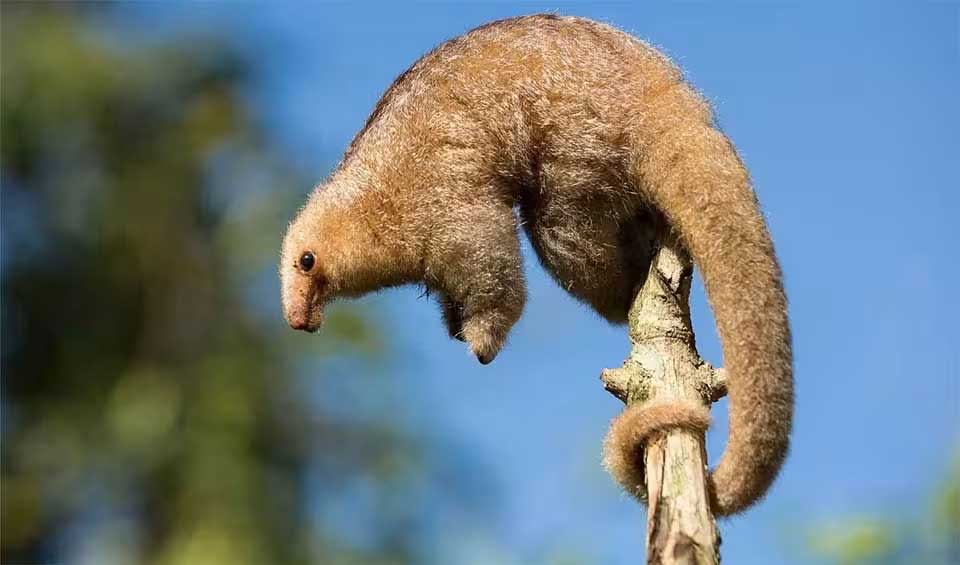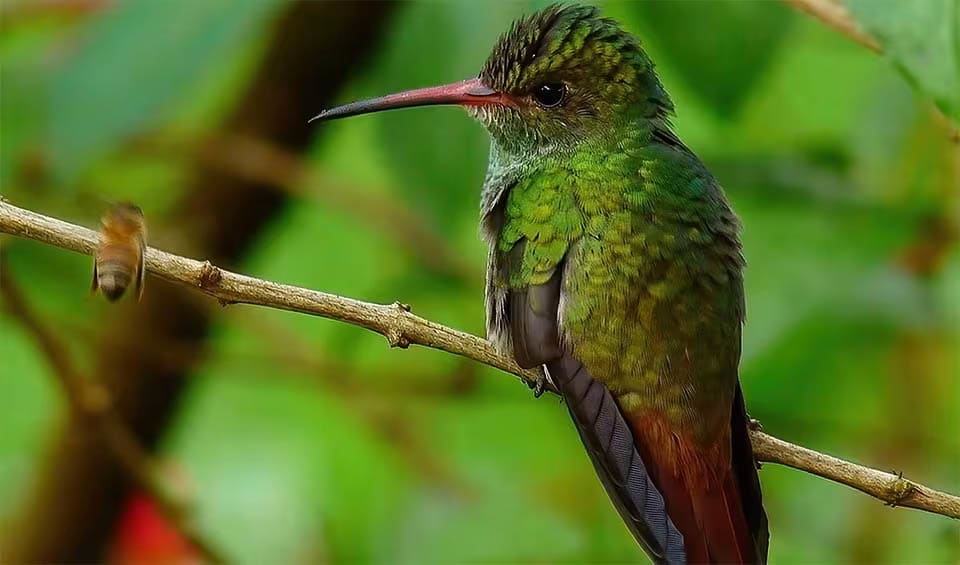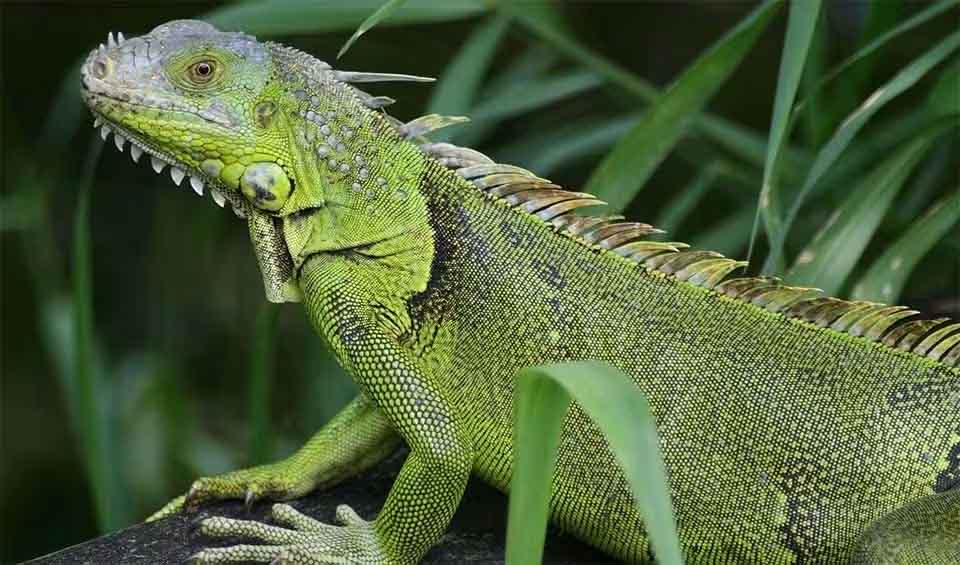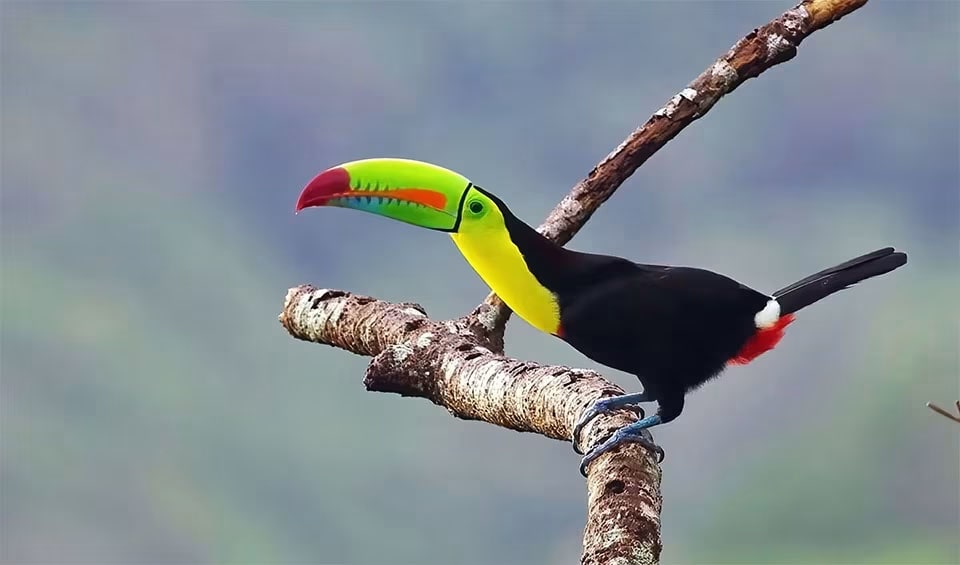Belize, nestled in the northern part of Central America, is predominantly covered by forests, with broadleaf forests being the most common, followed by pine forests and savannahs. The Maya Mountain bloc, the second largest in northern Central America, is noted for being one of the most biologically diverse areas in the Maya lowlands. Belize is renowned for its rich terrestrial and aquatic biodiversity and is home to the largest continuous barrier reef in the Western Hemisphere.
The Mesoamerican Barrier Reef System, second only to Australia’s Great Barrier Reef, spans the entire length of Belize’s coastline. Seven sites along this reef have been designated as a World Heritage Site due to their outstanding biodiversity and global significance. Belize’s unique combination of an extensive range of species and ecotypes, along with its rich cultural heritage, has made it a popular tourist destination, significantly contributing to the country’s economy.
Four pillars elaborated:
Belize has an extensive system of protected areas, including national parks, natural monuments, nature reserves, wildlife sanctuaries, forest reserves, marine reserves, bird sanctuaries, archaeological reserves, and a UNESCO World Heritage Site. The Belize Barrier Reef Reserve System, which includes Bacalar Chico National Park and Marine Reserve, Blue Hole Natural Monument, and Half Moon Caye Natural Monument, is one of these protected areas and plays a crucial role in conserving the country’s rich marine biodiversity. Land Management
Land Management
Belize’s biodiversity faces threats from human activities, storm damage, climate change impacts, and invasive species. Agricultural and tourism sector expansion contributes to habitat loss and fragmentation. Marine and coastal pollution, improper disposal methods for solid waste, and inadequate management of protected areas are also major threats. The jaguar population remains healthy, but human/jaguar conflicts are on the rise due to habitat fragmentation, poor cattle husbandry, intrinsic competition, and hunter competition for prey. Displaced animals are also a recurrent problem for the livestock industry. Threats to Biodiversity
Threats to Biodiversity
Belize has implemented robust conservation measures to protect its biodiversity and natural resources. The Fisheries Department has enacted legislation aimed at protecting key marine species by setting size limits, closed seasons, and production quotas. Specific measures include regulated harvesting periods for lobster and conch, and a strict moratorium on Nassau grouper fishing, with severe penalties for violations. Additionally, Belize rigorously controls the harvesting, use, and trade of all threatened and endangered species, ensuring compliance with CITES for the exportation of natural resources. Capacity and Governance
Capacity and Governance
On the terrestrial front, the government has recently fortified the National Solid Waste Authority and is developing a national Solid Waste Management Plan with IDB support to manage solid waste effectively for the next twenty years. Furthermore, the National Protected Areas Policy and Systems Plan focuses on species conservation and the preservation of critical habitats. Despite these efforts, challenges such as financial constraints, lack of research facilities, and technical expertise persist, as highlighted in the National Capacity Self-Assessment Reports.
Belize’s commitment to conservation is also evident in its approach to forestry management, transitioning from short-term logging licenses to long-term sustainable ones that require adherence to an approved Sustainable Forest Plan. This shift is complemented by programs for timber certification conducted by independent certifiers accredited by the Forest Stewardship Council, promoting environmentally responsible consumer choices.
The National Biodiversity Strategy and Action Plan (NBSAP) of Belize was developed within a 15-year framework that aligns with the country’s Horizon 2030 national development framework. The NBSAP aims to achieve five thematic areas, including improved environmental stewardship, reduced pressures on ecosystems, maintained and strengthened functional ecosystems, strengthened provision of ecosystem services, and effective implementation of the action plan. The plan is designed to promote biodiversity conservation and sustainable use of natural resources while addressing the threats to Belize’s rich biodiversity, including habitat loss, climate change, and the spread of invasive species. Future Trends
Future Trends
Biodiversity
Belize is home to rich marine and land ecosystems, including the world’s second-largest barrier reef and over 600 species of marine and inland fish. The country boasts more than 150 mammal species, with over half being bats, as well as around 140 species of amphibians and reptiles, including two crocodile species and five species of sea turtle.The Maya Golden Landscape in Toledo District, southern Belize, is a critical habitat with one of the world’s richest assemblages of biodiversity, including species like the harpy eagle, Baird’s tapir, jaguar, howler monkey, and scarlet macaw, along with unique species like the Maya Mountains frog and the Maya knobtail dragonfly. These forests form a key link in the Mesoamerican Biological Corridor.
In the table below are the number of known species in several main groups, how many of these species are Threatened with extinction, and how many of them are Endemic (unique to Belize only):
| Species (World rank) |
Threatened | % Threatened | Endemic | % Endemic | |
|---|---|---|---|---|---|
| Mammals | 156 (#75) | 10 | 6.4% | ||
| Birds | 530 (#67) | 7 | 1.3% | ||
| Reptiles | 139 (#68) | 8 | 5.8% | 2 | 1.4% |
| Amphibians | 37 (#74) | 3 | 8.1% | ||
| Fishes | 675 (#88) | 55 | 8.1% | 8 | 1.2% |
| Plants | 3,658 (#96) | 46 | 1.3% | 150 | 4.1% |
mammals
Crab-eating fox
During the wet season, they search for crabs in muddy floodplains
Margay
These wild cats are cute, intelligent, agile, and well-adapted to inhabiting tropical and subtropical forests
Silky anteater
Also known as pygmy anteater, they are the smallest and most adorable of their insect-eating kind
birds
Harpy eagle
The world’s most spectacular and most robust eagle species serves a critical ecological role in the ecosystem they live in
King vulture
The most colorful vulture, with the orange cruncle
Rufous-tailed hummingbird
Like many of us, this bird loves coffee and feeds on its flowers
reptiles
Central American river turtle
Generally known as Hickatee, it is the sole surviving species of its family
American crocodile
These creatures often ingest stones, aiding food digestion and buoyancy regulation in the water
Green iguana
From the US down to Brazil, this trans-American lizard is the most common iguana
amphibians
Cane toad
When a big one meets a smaller one, it’s lunch!
Black-eyed leaf frog
Has bulging orange eyes that seem to pop right out of its head, earning it the nickname “popeye hyla”
Red-eyed tree frog
A charismatic frog is known for its beauty which can often be seen on all sorts of artwork throughout the world
National Animals
Bairds tapir
The largest land mammal native to Central and South America
Keel-billed toucan
The national bird of Belize, this majestic bird will make your head turn


















